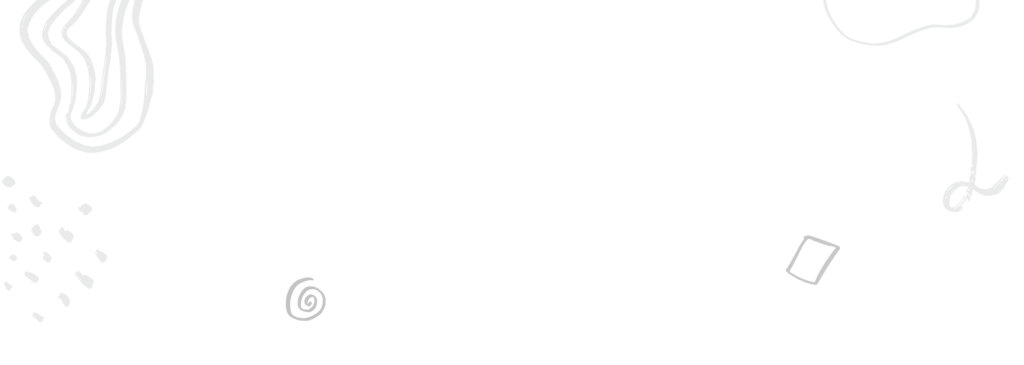While walking briskly on the jogging track the other day, I saw a man standing in the middle of the track, fumbling with his watch. As I passed him by, I tried not to stare. But with a quick glance I saw that it was a fitness-watch, and the man was occupied with it completely, presumably trying to set it up before he started running, or walking.
I started thinking about how I approach exercise. I don’t measure anything. I just walk until I’m tired, or until it’s time to go home: a completely opposite approach to the man who was still rooted to the same spot, while I had completed one round of the track and passed him once more. I decided I preferred my approach.
Data is certainly important. To know how fast you are going, to know whether you are improving, and to know when you will reach wherever you want to go. Without data there is only conjecture, and opinion. It is an old dictum that what cannot be measured doesn’t exist. But I wonder if that’s true. I think there are countless things that cannot be measured. Things that are subjective, such as creativity, happiness, and quality of relationships cannot be measured; at least, not yet. That does not mean that they don’t exist. Often, they are the most important things in our lives. Meanwhile, there are also some things that should not be measured. A gardener would do better to see whether a patch of land is sufficiently green than to count each blade of grass and measure the rate of growth!
Back to exercise: from heart-rate monitors to step counters and speedometers, a lot of things can be measured now. But much like gardening, I think it’s far more important to be consistent than to measure improvements. This is true for most processes. The Japanese concept of Kaizen, or continuous improvement, has become very popular in business process management. I think it holds a lot of truth. But often, we end up focusing on the wrong aspect of the concept. We focus far too much on improving our processes than on being continuous, or consistent.
If you do it sometimes and not others, or if only one department of your organization follows it, it’s not really a process, is it? Only when an activity is implemented and executed consistently and continuously for a certain period can we say whether it needs improvement. Of course, that does not mean you implement a new process across the organization or the team which has obvious and fundamental problems. I am talking about existing processes. When the way we do things become standard operating processes, we can go forward with gathering data, and seeing where they can be improved. To try to continuously improve an existing approach that doesn’t even exist as an SOP is to miss the point of having processes.
When looking at any process, be it something personal and seemingly trivial, such as organizing my desk each morning, or something organizational and large-scale, such as the process of employee onboarding or monthly reviews, I think it’s important to ‘step out’. By stepping out, I don’t mean going for a walk. Although, going for a walk is an excellent way to clear your head and organize your thoughts. By stepping out, I mean stepping out of the daily grind. We must look at the whole process, not from the inside, but as an outsider looking in. Of course, we are insiders. We have all the information about what goes on whenever the branch manager announces a sales review scheduled for tomorrow. We know what’s written in the SOP document and we know the unwritten rules of the team we work with. I am not saying we should forget all of that. What I mean is we should detach ourselves emotionally from the process we are trying to improve.
We know how the story goes. We, as the leaders of our respective teams have been doing a certain thing a certain way, and our teams have adapted to it. Perhaps it’s a step that we put in more than five years ago, to ensure compliance. Who knows whether it’s still a legal requirement? But we have spent many hours training the team to follow that step. It’s just easier to continue with it. After all, it only takes a couple of minutes from each team member. Also, we might have to do a lot of research, about what others are doing, and what is really required. Is it really worth spending the whole morning on it when there is a long task-list for the day?
That is exactly what goes on in our minds when we can’t step out of the daily grind, and when we can’t take an objective outlook for the current processes. If we want to have excellent processes, every little bit helps, even two minutes saved every day makes our team members’ and our customer’s lives easier. But once again, the key is consistency. If we don’t step out consistently to improve continuously, just saving two minutes is not going to suddenly lead to process excellence.
While stepping out, I find it useful to zoom out and take in the full picture, even if it’s just the broad strokes. Often, looking at the whole picture gives us the perspective we need about our processes, and why we do them. The connections between each process become visible. Then, if something seems unnecessary, or something else seems critical you can zoom in – see the details. By critical, I mean a big improvement in the process can be made in that area. For example, if 50% of time and resources are being spent on travel, perhaps it’s worth considering teleconferencing. Instead of looking at each process in detail, zooming in and out can give some a-ha! moments that can be game-changers.
Another important way to look at process improvement, that’s often missed when we talk about techniques like Kaizen, is to reach for the low-hanging fruits. This is a principle that is applicable everywhere, from monthly sales achievement to cutting costs. A fruit on the top of the branch requires the effort of climbing the tree. The fruits on the bottom branches can all be plucked with little effort. While looking at processes, evaluate which improvements to make first. It’s likely that tweaking the processes here and there, cutting out the unnecessary steps that don’t change the workflow, or adding a small step can improve the process easily, without much effort on your team’s part. It can also lead to improvement in the quality of the product. Do those things first. When you run out of the low-hanging fruits then you can start going for the high-effort improvements.
Finally, while it is important to step out in order to look in objectively, it is also vital to step outside and see what others are doing. As a wise man once said, ‘Take what is useful; discard what is useless; add what is uniquely your own’. You’d think it was a Business Guru; actually, it was Bruce Lee! But I find it apt for business processes. There is no need to reinvent the wheel, as long as you add what is your own to the way you do things.
Of course, the process of process improvement itself is not perfect. But it works as long as we do it consistently.




